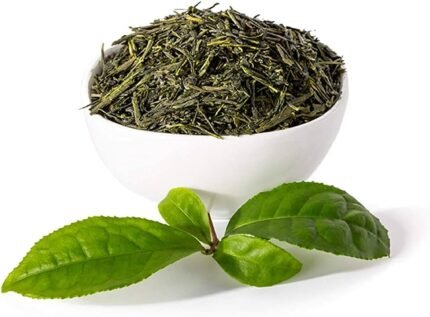Description
Muli Seeds is used for stomach and intestinal disorders, liver problems, bile duct problems, gallstones, loss of appetite, bronchitis, fever, colds, and cough. It is also used for high cholesterol. Muli Seeds grow best in full sun in light, sandy loams, with a soil pH 6.5 to 7.0, but for late-season crops, a clayey-loam is ideal.
Soils that bake dry and form a crust in dry weather are unsuitable and can impair germination Harvesting periods can be extended by making repeat plantings, spaced a week or two apart. In warmer climates, radishes are normally planted in the autumn. The depth at which seeds are planted affects the size of the root, from 1 cm (0.4 in) deep recommended for small radishes to 4 cm (1.6 in) for large radishes. During the growing period, the crop needs to be thinned and weeds controlled, and irrigation may be required.
Benefits:
Helps us in preventing and curing the following:
- Muli Seeds is used for stomach and intestinal disorders.
- It is used for bile duct problems, gallstones and loss of appetite.
- Used in pain and swelling (inflammation) of the mouth and throat.
- It is used in tendency towards infections, inflammation or excessive mucus of the respiratory tract, bronchitis, fever, colds, and cough.
Other Names:
Raphanus sativus, Salamarkataka, Saleya, Marusambhava, Mulo, Mula, Radish, Muli, Mullangi, Mugunigadde, Moolangi, Moolaogi, Mullanki, Rakhyasmula, Moolak, Moolee, Moola, Mulakam, Mullangu, Millangi, Turb, VisraFujal, Mula, Radish, Radis cultivé, Garten-Rettich, Rettich, Mulo, Mula, Muli, Mooli, Moolangi, Moclangi gadde, Mullangi, Mugunigadde, Raphanus sativus Linn, Mula, Turb, Turbuzah, Mulaka, Muli, Moolaka, Mulaka.
Safety Information:
- For Natural Taste & Freshness, Keep it in cool and dry place.
- Avoid direct Sunlight & Do not Refrigerate.
- Store the contents in an Airtight Container after opening the package.
- All herbal medicine should be used under Medical Supervision only.












Reviews
There are no reviews yet.